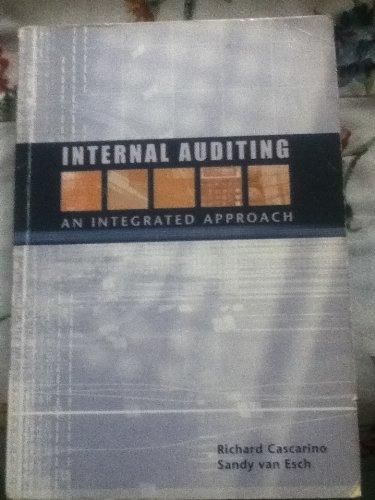Question
Michael is an 18-year-old high school graduate who can take a job paying $30,000 without further education. The prevailing interest rate is 10 percent. Assume
Michael is an 18-year-old high school graduate who can take a job paying $30,000 without further education. The prevailing interest rate is 10 percent. Assume that there are total of 3 years to consider in the following questions.
1. What is Michael's present value of earning $30,000 a year from age 18 to 20 (3 years in total)? A. $80,000
B. $82,066
C. $90,000
D. $104,132
2. Assume that after completing a one-year post-secondary program after high school, Michael would earn $60,000. The present value of his earnings from age 18 to age 20 is:
A. $120,000.
B. $74,132.
C. $104,132.
D. $134,132.
3. The marginal benefit (MB) and marginal cost (MC) of completing a one-year post-secondary program at age 18 are ____ and ____, respectively. A. 22,066; 30,000.
B. 30,000; 22,066.
C. 52,066; 30,000.
D. 30,000, 52,066.
4. Should Michael complete the post-secondary program?
A. Yes, since MB > MC.
B. No, since MB < MC.
C. Yes, since MB = MC.
D. Not enough information.
5. If Michael were to pay tuition for the extra year of education, what would have been the maximum tuition fee that would not change his decision in question 5?
A. 7,934
B. 22,066
C. 190,660
D. 270,000
6. What is the internal rate of return assuming that there are infinite number of time periods (instead of three) and the tuition is still zero?
A. Less than 10 percent
B. 74 percent
C. 10 percent
D. 100 percent
Step by Step Solution
There are 3 Steps involved in it
Step: 1

Get Instant Access to Expert-Tailored Solutions
See step-by-step solutions with expert insights and AI powered tools for academic success
Step: 2

Step: 3

Ace Your Homework with AI
Get the answers you need in no time with our AI-driven, step-by-step assistance
Get Started


